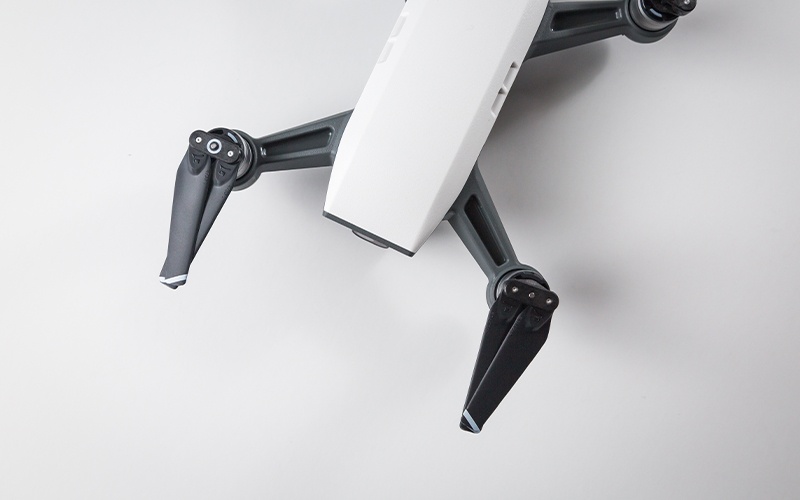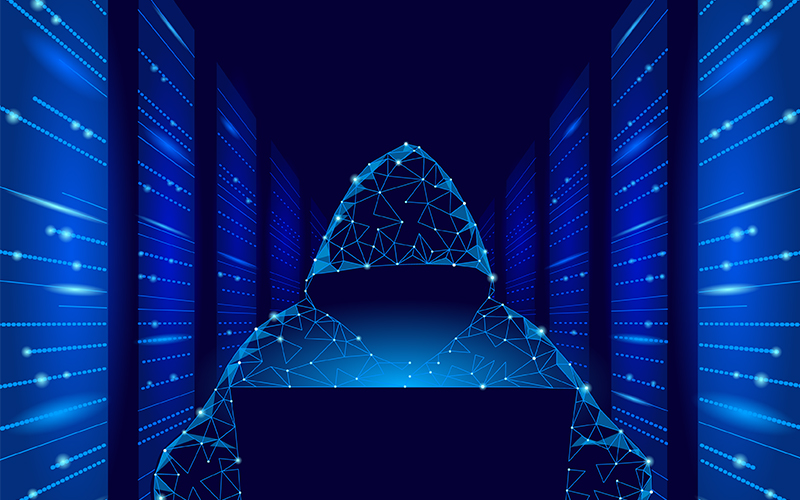BUSINESS TRANSFORMATION
Three ways cloud computing and IoT deliver business benefits
The digital transformation of businesses is advancing by leaps and bounds. Digital transformation spend is growing at a five-year Compound Annual Growth Rate (CAGR) of 16.6% for the period 2021-2025. Giving impetus to this are several cutting-edge technologies including cloud computing, the Internet of Things (IoT), Artificial Intelligence (AI) and Big Data. Businesses are rethinking their digital infrastructure to embrace the all-new era of digitisation.
This dramatic digital journey has been possible due to cloud technologies and IoT. It is now possible to manage connected devices across several remote locations and be able to access data on demand. Cloud computing enables quick, cheap, and easy access to data stored on the cloud. Businesses are harnessing the power of the cloud to become more agile and efficient while reducing costs of operations.
IoT is all about connecting smart devices. Currently on an accelerated growth path, IoT has varied applications in business depending on the need. According to a McKinsey study, it could enable USD 5.5 trillion to USD 12.6 trillion in economic value by 2030. The majority of this is expected to be from B2B which will form 65 % of the estimated IoT potential.
Most of these potentialities of IoT are enabled by cloud computing. The data from IoT devices can be sent to the cloud for further aggregation and analysis. Together, IoT and cloud computing accelerate business transformation by delivering focused business outcomes and enabling data-driven decision making.
How IoT and cloud computing deliver business value
Data storage and management:
IoT devices generate large amounts of data in real-time which if stored on on-premises servers, results in restrictions due to limited capacity. Instead, data can be stored remotely in cloud repositories, which offers an infinite amount of storage capacity. Businesses do not have to invest and maintain extensive infrastructure to store this data and can instead pay as they go. This results in huge savings in terms of total cost of ownership. Cloud services providers can maintain the hardware infrastructure, maintenance, backup, and security for the data. Data stored in cloud repositories can be used for predictive analytics, forecasting and reporting. Companies can garner actionable insights from real-time data stored on the cloud by using robust data management platforms.
Operations excellence:
The use of smart devices that can be interconnected enables efficient operations management, saving up time for staff to do more productive work. For example, printers can be monitored, and software can be updated automatically using data sent to the cloud. Systems can forecast supplies required. Devices can be configured remotely. In the manufacturing industry, the Industrial Internet of Things (IIOT) used in conjunction with cloud computing enables predictive maintenance. By proactively addressing any potential issues with machines used in manufacturing, the production line becomes more efficient. Field service engineers can monitor customer equipment remotely, identifying any possible pitfalls. IIOT can also be used for facilities management; the data from sensors on the smart devices can be sent to the cloud to raise any alerts for changes in the operations environment. Along with improved operational efficiency, companies can realise huge cost savings both with respect to investing in hardware and software infrastructure, as well as hiring resources to maintain it.
Agility and scalability
Using cloud computing and IoT lets businesses invest in advanced systems without the pain of having to invest and maintain hardware and software. Companies can easily scale up or down, by opting for more or less cloud processing power or storage, depending on business needs, while remaining lean. With an IoT cloud, businesses can easily add additional smart devices, without having to worry about additional storage or management of the device. The cloud provider is responsible for maintenance of the systems, backup, and recovery.
IoT and cloud computing are creating an entirely new business ecosystem, one that is operationally efficient, cost effective, elastic and highly scalable. As with all new models, there are challenges; chief amongst them are data security and privacy concerns. The possibility of data and system breaches is always high, and cloud providers as well as businesses need to invest in advanced security strategies and systems to minimise the occurrence. Businesses must be completely aware of the legal and regulatory compliance requirements of the region. Mechanisms for backup and disaster recovery need to be well-established and audited periodically. Stable high-speed internet connectivity is mandatory for the system.
The digital journey is a continuously evolving process. Companies which use digital platforms* that harness cloud services and IoT technology can gain deep insights, optimise supply chains, and achieve operational excellence to realise business outcomes and build a future-proof business.
*For organizations on the digital transformation journey, agility is key in responding to a rapidly changing technology and business landscape. Now more than ever, it is crucial to deliver and exceed on organizational expectations with a robust digital mindset backed by innovation. Enabling businesses to sense, learn, respond, and evolve like a living organism, will be imperative for business excellence going forward. A comprehensive, yet modular suite of services is doing exactly that. Equipping organizations with intuitive decision-making automatically at scale, actionable insights based on real-time solutions, anytime/anywhere experience, and in-depth data visibility across functions leading to hyper-productivity, Live Enterprise is building connected organizations that are innovating collaboratively for the future.






